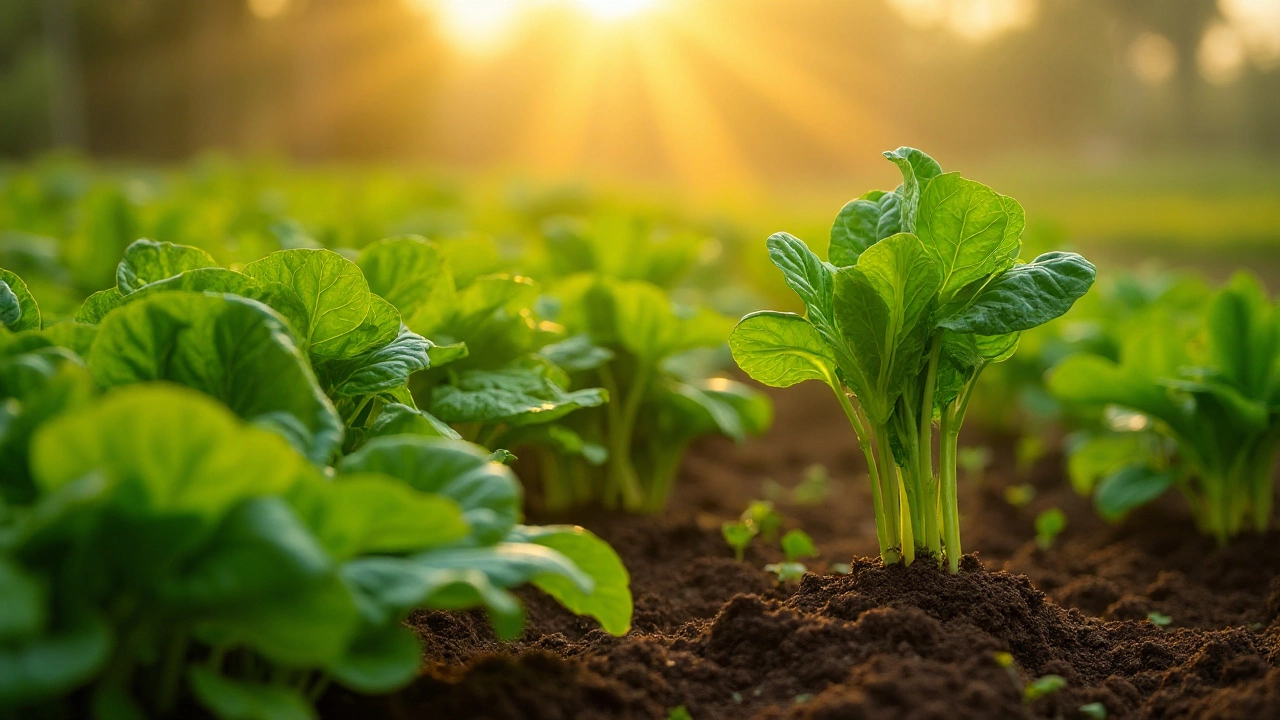Diving into the realm of gardening, one might ponder which vegetable reigns supreme in health benefits. In this article, explore the vegetable that stands out as the healthiest choice for Indian gardens, considering various factors like climate suitability, nutritional content, and cultivation ease. The piece offers intriguing insights into why this vegetable has been heralded for its impressive health benefits. Readers will also find tips on how to grow it successfully in their gardens. This exploration aims to inspire and inform enthusiasts towards cultivating this powerhouse of nutrition.
Healthiest Vegetable: Top Choices and Why They Matter for Indian Gardens
When we talk about the healthiest vegetable, a nutrient-dense plant food that supports long-term wellness through vitamins, minerals, and fiber. Also known as superfood vegetable, it’s not just about what’s trendy—it’s about what actually grows well in Indian soil, survives local weather, and delivers real nutrition to your table. The healthiest vegetable isn’t a single answer. It’s a group of plants that work hard for your body and your garden at the same time.
Take Indian native vegetables, traditional crops like amaranth, drumstick, and bitter gourd that have been grown for centuries across India’s diverse climates. These aren’t imported fads—they’re resilient, packed with iron, vitamin C, and antioxidants, and they don’t need fancy inputs to thrive. Compare that to imported kale or spinach, which often struggle in India’s heat and humidity. Native veggies are adapted. They need less water, resist local pests, and grow fast even in small spaces. That’s why they’re the real MVPs for home gardeners and small farms.
Then there’s soil health, the foundation that determines whether any vegetable can reach its full nutritional potential. You can grow the most nutritious vegetable in the world, but if your soil is compacted, acidic, or full of chemicals, it won’t absorb the minerals it needs. That’s why so many posts here focus on compost, perlite, and leaf mold—because healthy soil = healthier food. A tomato grown in rich, living soil has more lycopene. A bitter gourd fed with natural nutrients has stronger anti-diabetic properties. It’s not magic. It’s biology.
You’ll also notice how often organic gardening, a method of growing food without synthetic pesticides or fertilizers, using natural cycles and inputs comes up. That’s not an accident. The healthiest vegetables are often the ones grown without chemicals that strip the soil and leave residues on your plate. Organic methods don’t just protect your body—they protect bees, worms, and the water table. And in India, where monsoons wash chemicals into rivers, this isn’t optional. It’s essential.
So what does this mean for you? If you’re looking to eat better, grow better, and live better, start with vegetables that match your land, not your Instagram feed. The healthiest vegetable isn’t the one with the fanciest name. It’s the one you can grow easily, eat regularly, and trust completely. Below, you’ll find real guides from Indian gardeners who’ve tested these ideas—whether it’s fixing dense soil, choosing the right plants for balconies, or keeping pests away without sprays. No fluff. Just what works.
